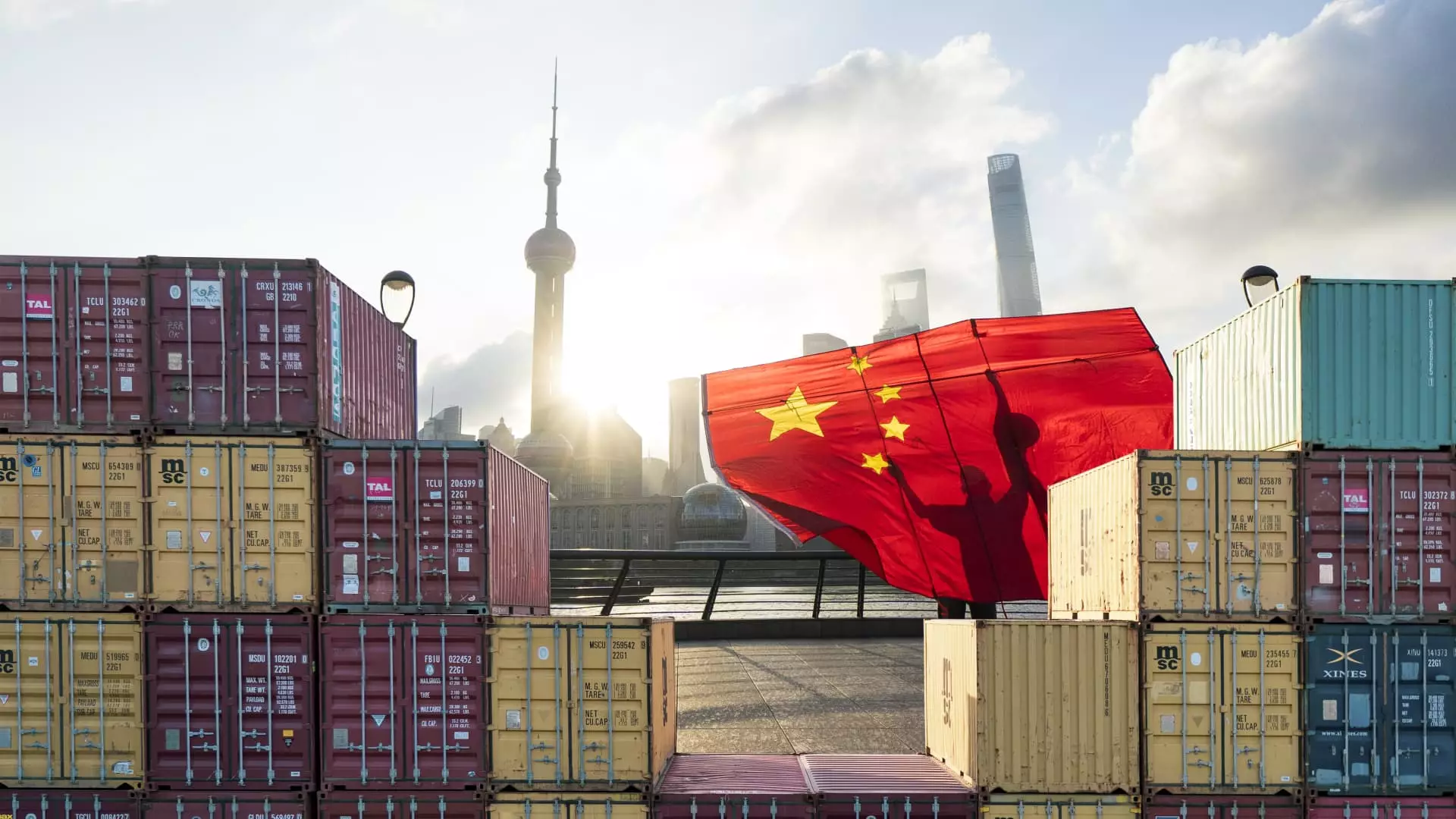China reported a surge in industrial output for November, signaling a promising turnaround in the world’s second-largest economy. However, the growth in retail sales fell short of expectations, suggesting a patchy recovery. Economists caution that the low base effect from the previous year’s stringent COVID-19 restrictions could skew the data. Despite the positive industrial output figures, the Chinese government needs to address the weakness in domestic demand to stabilize the economy further.
China’s industrial output rose by 6.6% in November compared to the previous year, surpassing the estimated 5.6% growth. This growth follows a 4.6% increase in October, indicating a steady rebound in the manufacturing sector. The strong industrial output figures bode well for China’s potential economic recovery, especially as it emerges from the shackles of COVID-19 restrictions.
While industrial output paints an optimistic picture, retail sales growth fell short of expectations. November’s retail sales increased by 10.1% year-on-year, the fastest pace since May. However, analysts anticipated a more significant surge of 12.5%, attributing the lower growth to the base effect from 2022. The October figures also showed a modest rise of 7.6%, further emphasizing the irregularity in consumer spending.
The data reveals a mixed picture of China’s recovery, particularly in terms of domestic demand. Bank of America’s economist, Miao Ouyang, highlights the weakness in consumer spending and suggests that the government needs to take additional measures to stabilize the economy. Although industrial output remains robust, the sluggish retail sales growth raises concerns about the overall strength of China’s recovery.
The release of the data had a divergent impact on China’s stock market. Hong Kong shares, which have underperformed throughout the year, saw significant gains, surging over 3%. On the other hand, the CSI 300 benchmark, comprising the largest blue chips listed in Shanghai and Shenzhen, experienced more modest gains of 0.7%. Although the stock market responded positively, the long-term performance highlights the challenges faced by China’s economy.
China’s recovery from the COVID-19 pandemic has fallen short of expectations, plagued by issues such as a real estate crisis, debt risks, and high youth unemployment. Despite various policy support measures, economic sentiment remains stagnant, raising concerns about a further slowdown. The government needs to intensify its stimulus efforts to address these challenges.
Despite the struggles, there are some positive indicators showcasing Beijing’s focus on economic growth. Investments in infrastructure and manufacturing increased by 5.8% and 6.3%, respectively, in the first 11 months of the year. Retail sales also rose by 7.2%. However, real estate development investment dropped by a significant 9.4%, indicating the severity of the real estate sector’s malaise.
China’s efforts to deleverage its bloated real estate sector have resulted in a decline in home prices for the fifth consecutive month. Weak confidence in demand and investment has impacted the real estate market, with major developers facing serious debt problems. The government’s focus on deleveraging has prompted a slump in real estate development investment, exacerbating the challenges faced by the sector.
China’s economic priorities for 2024 highlight the significance of domestic demand. Recent economic data reveals a softening of consumer prices, with a downward trend in both consumer and producer price inflation. Additionally, the latest figures show a decline in imports, missing the projected rise. These indicators indicate a need for further attention to boost domestic demand and stimulate economic growth.
China’s industrial output has shown promising growth, reflecting a potential recovery from the impact of COVID-19 restrictions. However, the sluggish retail sales figures signal a more uneven path to economic stability. The Chinese government must address the weakness in domestic demand and tackle challenges in the real estate sector to ensure a more robust and sustainable recovery.

Leave a Reply